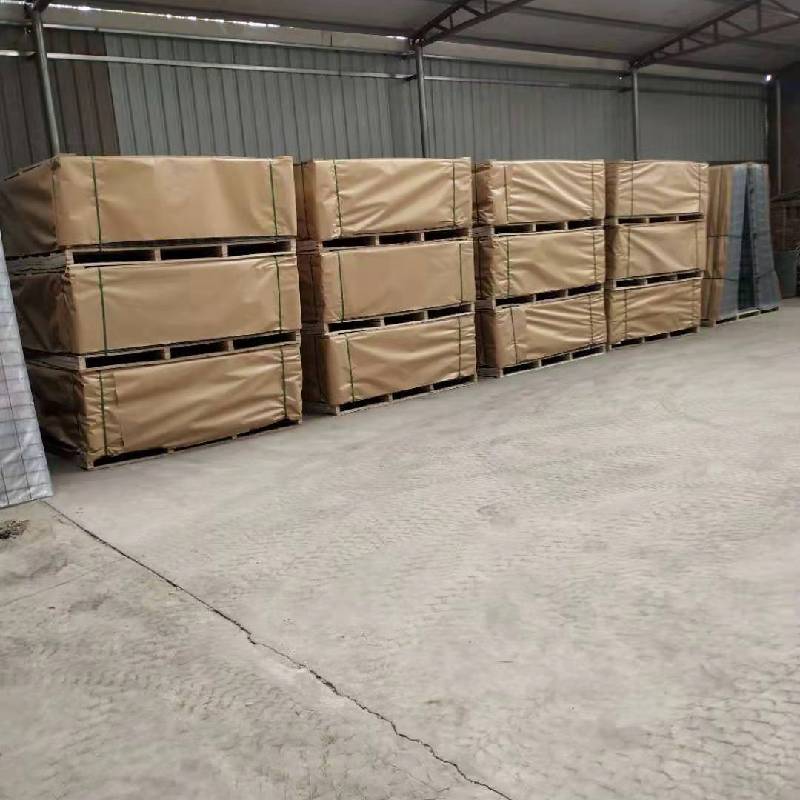
- Mobile Phone
- +8613931874955
- sales@cntcmetal.com
masonry joint reinforcement
Understanding Masonry Joint Reinforcement Importance and Applications
Masonry joint reinforcement is an essential component in the construction and renovation of structures made with masonry materials. This reinforcement plays a critical role in enhancing the strength, stability, and longevity of masonry walls, ensuring they can withstand various loads and environmental factors. This article explores the significance of masonry joint reinforcement, its applications, and best practices for implementation.
What is Masonry Joint Reinforcement?
Masonry joint reinforcement consists of horizontal wires embedded in mortar joints of masonry walls. Typically made from steel, this reinforcement acts as a tension element to counteract any potential shear stresses that may occur due to structural loads, thermal expansion, or even seismic activity. By distributing these forces evenly across the wall, joint reinforcement helps to prevent cracking and other forms of distress, ultimately contributing to the structural integrity of the masonry system.
The Importance of Joint Reinforcement
1. Strengthening Structural Integrity The primary purpose of masonry joint reinforcement is to enhance the overall strength of masonry walls. This is particularly crucial in multi-story buildings and structures that must support considerable loads. Joint reinforcement aids in preventing bowing and buckling of walls, which can lead to catastrophic failures if left unaddressed.
2. Crack Prevention One of the most significant benefits of using masonry joint reinforcement is its ability to reduce the likelihood of cracking. As buildings settle or experience thermal fluctuations, tensions in the masonry can lead to fissures. Joint reinforcement absorbs some of these stresses, minimizing the chance of cracks developing and affecting the aesthetics and functionality of the building.
masonry joint reinforcement

3. Improving Lateral Stability In areas prone to seismic activity or high winds, lateral stability becomes a crucial concern. Joint reinforcement provides additional lateral bracing to the masonry, allowing walls to better resist such forces. This is particularly important in regions that experience earthquakes or tornadoes, where structural failure can pose severe risks to safety.
4. Facilitating Construction Efficiency The inclusion of joint reinforcement can simplify the construction process. By providing additional strength, it allows for greater flexibility with design, such as the use of larger windows or expansive open spaces within floor plans without compromising the overall structural integrity of the wall.
Installation and Best Practices
When installing masonry joint reinforcement, several best practices should be followed to ensure its efficacy
- Proper Placement Joint reinforcement should be installed in every horizontal mortar joint. This ensures that every section of the wall benefits from the added strength and stability. - Quality Materials Using high-quality steel for joint reinforcement is essential. Corrosion-resistant coatings can also enhance the durability of the steel, especially in environments with high moisture levels. - Regular Inspections Periodic assessments of the masonry structure can identify any early signs of distress or damage. Regular maintenance is crucial for prolonging the life of masonry with joint reinforcement.
Conclusion
In summary, masonry joint reinforcement is a vital aspect of modern masonry construction and renovation. By significantly improving the strength, stability, and overall performance of masonry walls, it serves to protect buildings against the many challenges posed by environmental factors and structural loads. For architects, engineers, and builders, integrating joint reinforcement into masonry structures is an indispensable practice that enhances both security and longevity. Through careful installation and regular maintenance, the benefits of masonry joint reinforcement can be fully realized, ensuring robust and resilient buildings for years to come.
share:
-
Why Sacrificial Formwork Is Redefining Underground ConstructionNewsJun.06,2025
-
The Structural Dynamics of Modern Concrete: How Snake Spacers Revolutionize Flexible ReinforcementNewsJun.06,2025
-
Snake Spacers Smart-Lock Concrete Reinforcement with Surgical PrecisionNewsJun.06,2025
-
Snake Spacers: Reinforcement Precision for Modern Concrete ProjectsNewsJun.06,2025
-
Snake Spacers Powering Concrete's Structural DNANewsJun.06,2025
-
Slither into Success: Snake Spacers' Precision Bite for Unbreakable ReinforcementNewsJun.06,2025
-
Sacrificial Formwork: Building Stronger, Faster, and Safer StructuresNewsJun.06,2025



















